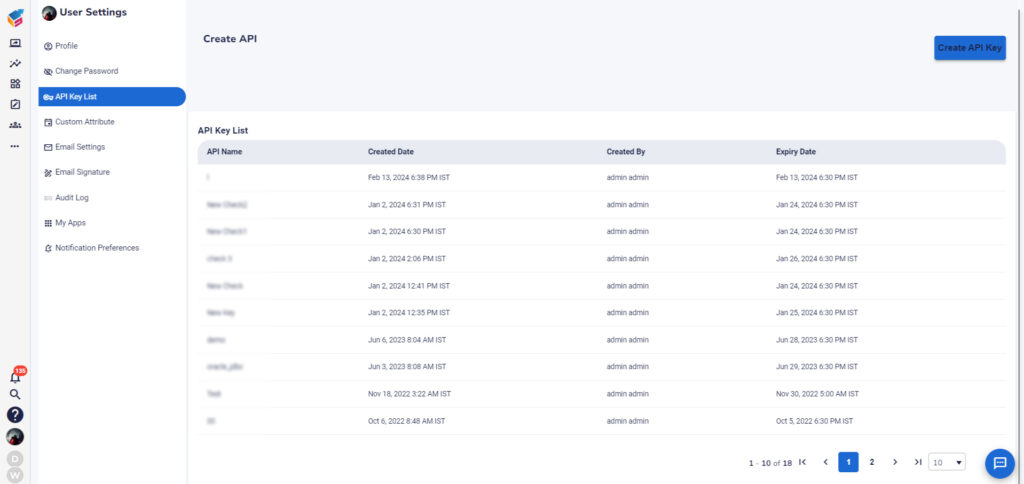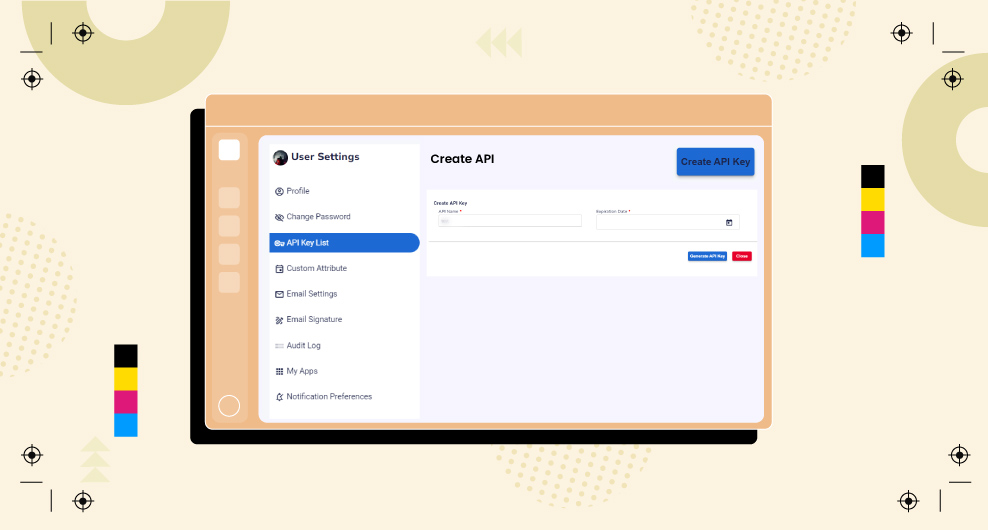Table of Contents
In today’s rapidly evolving digital landscape, businesses are constantly seeking innovative solutions to stay ahead of the curve. One of the most transformative approaches to software development in recent years has been API-centric development. APIs, or Application Programming Interfaces, serve as the backbone of modern software architecture, enabling seamless integration, flexibility, and scalability.
In this comprehensive guide, we’ll explore what API software is, understanding API-centric development, advantages of API-centric approach, and how do APIs work.
What is API software?
API, or Application Programming Interface, software is an intermediary that allows different software applications to communicate. It defines the methods and protocols developers can use to request and exchange data between software systems or components. systems or components. API enables seamless integration between disparate systems, facilitating data sharing, functionality extension, and interoperability.
Understanding API-centric development
API-centric development revolves around the concept of building applications and services with APIs as the primary interface. Unlike traditional monolithic architectures, where applications are tightly coupled and difficult to modify, API-centric development promotes modularity, reusability, and interoperability. APIs act as intermediaries that allow different software components to communicate and interact with each other, regardless of the underlying technology stack or programming language.

Advantages of an API-centric approach
Modular architecture
API-centric development encourages modular design, where each component of the application is encapsulated within its own API. This modular approach enhances maintainability, as changes or updates can be made to individual APIs without affecting the entire system. It also facilitates code reuse, as APIs can be shared across multiple applications and services.
Flexibility and scalability
An API-centric approach allows low-code/no-code (LCNC) platforms to easily connect with a wide range of APIs, enabling users to access and utilize external resources and data. This flexibility enables organizations to scale their applications and processes more effectively as their needs evolve. By decoupling the front end from the backend, API-centric development provides greater flexibility and scalability. This modular architecture simplifies the scaling of specific system components based on demand, minimizing disruptions to the overall infrastructure.

Interoperability
API-centric development promotes interoperability between disparate systems and technologies. By defining clear interfaces and standards, APIs enable seamless integration with third-party services, cloud platforms, and external partners. This interoperability fosters collaboration and innovation, as organizations can leverage a wide range of tools and resources to enhance their products and services.
Improved time-to-market
By focusing on APIs, LCNC platforms facilitate rapid integration with other software and services. This accelerates the development process, reduces time-to-market, and enables organizations to quickly adapt to changing requirements or business needs.
Enhanced security and compliance
API-centric approach enhances security by enforcing access controls, authentication mechanisms, and data encryption at the API level. Centralizing security measures within the API layer ensures consistent enforcement across all applications and services, reducing the risk of security breaches and compliance violations.
How do APIs work?
APIs work as intermediaries that enable different software applications to communicate and interact with each other. Here’s a breakdown of how APIs function:
- Request: A software application initiates communication with another application or service by sending a request to its API. This request typically includes specific instructions or data required for the interaction.
- Processing: The API receives the request and processes it according to predefined rules and protocols. This may involve authenticating the request, validating the input data, and executing the requested action or retrieving the required information.
- Response: After processing the request, the API sends back a response to the requesting application. This response contains the requested data or the outcome of the requested action.
- Data exchange: APIs facilitate the exchange of data between software applications by using standardized formats such as JSON (JavaScript Object Notation) or XML (eXtensible Markup Language). This ensures compatibility and interoperability between different systems.
- Error handling: In case of errors or exceptions during the processing of the request, the API returns an appropriate error response to the requesting application. This allows the application to handle errors gracefully and take appropriate action, such as displaying error messages to users or retrying the request.
- Versioning and documentation: APIs often include versioning mechanisms to manage changes and updates to the API over time. Additionally, comprehensive documentation is provided to developers, outlining the available endpoints, request parameters, response formats, and usage guidelines.
Overall, APIs play a crucial role in modern software development by enabling seamless integration, interoperability, and communication between diverse systems and services. They abstract away the complexities of underlying systems, allowing developers to focus on building innovative applications and services while leveraging existing functionalities.
Start your API-centric journey
API based application development represents a paradigm shift in software architecture, empowering organizations to unlock innovation, agility, and scalability. By embracing modular design, interoperability, and best practices, businesses can harness the full potential of APIs to deliver transformative digital experiences and drive sustainable growth. Whether you’re building web applications, mobile apps, or IoT devices, API-centric development offers a flexible and future-proof approach to software development in the digital age. Start your journey towards unlocking innovation through API-centric development today!




